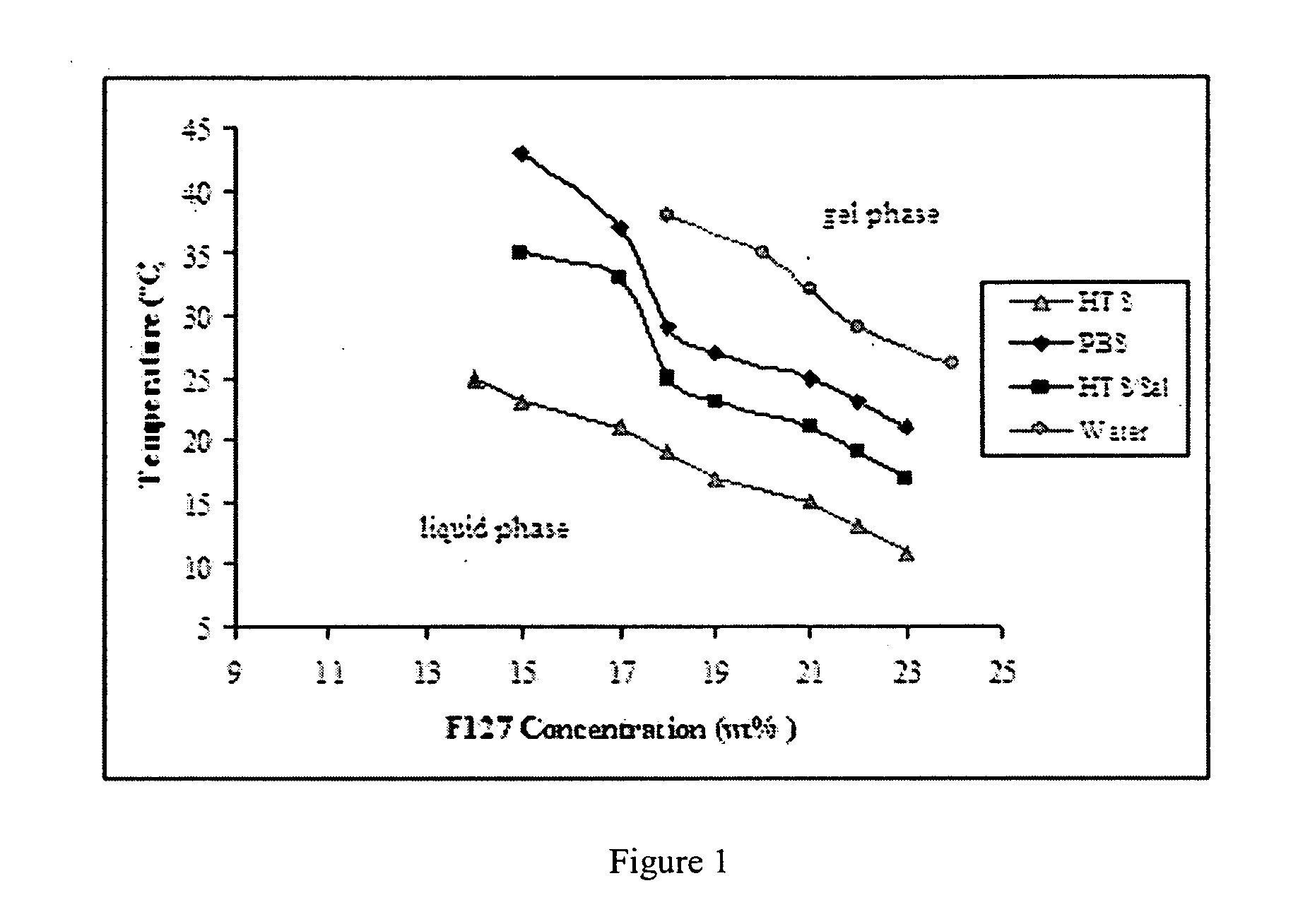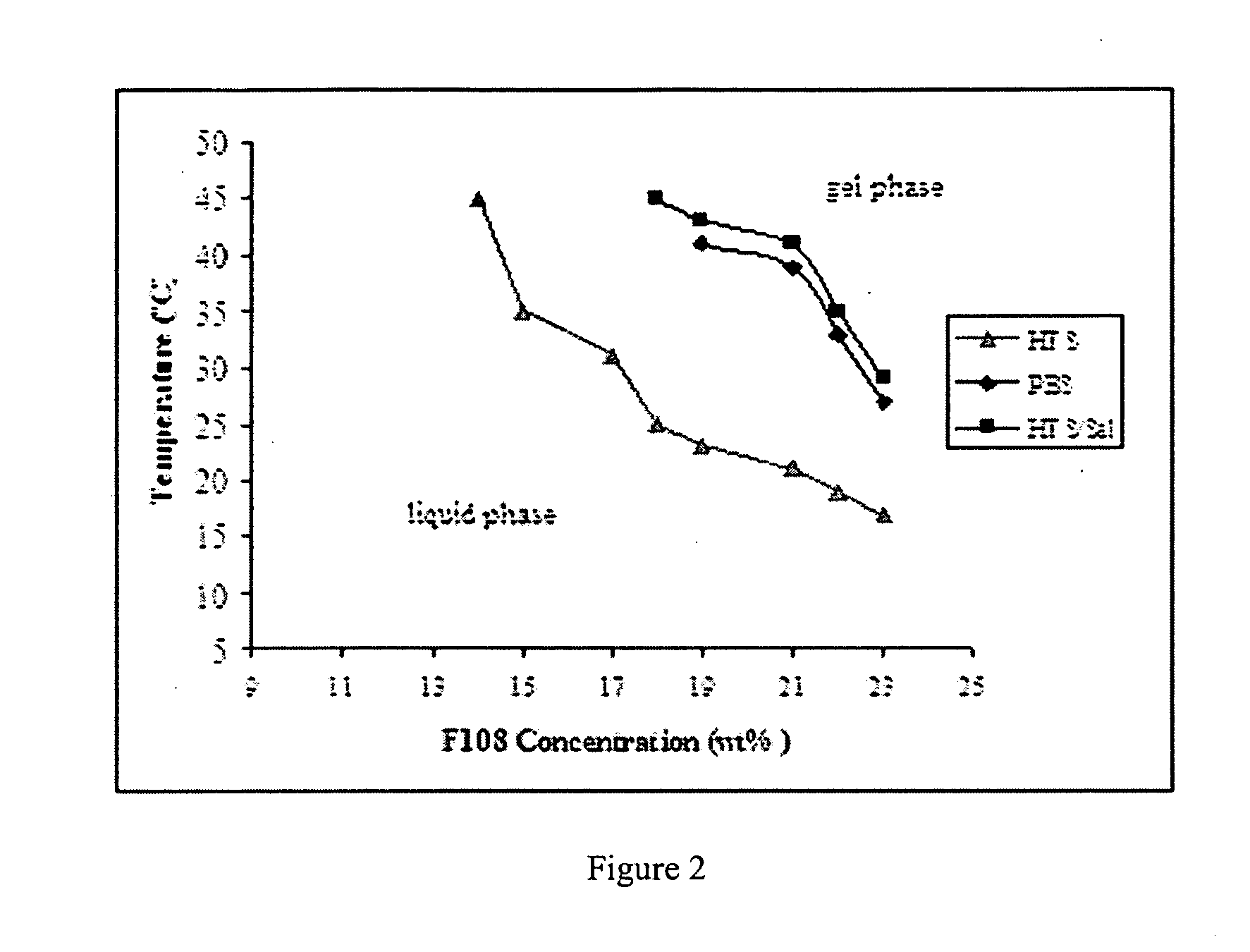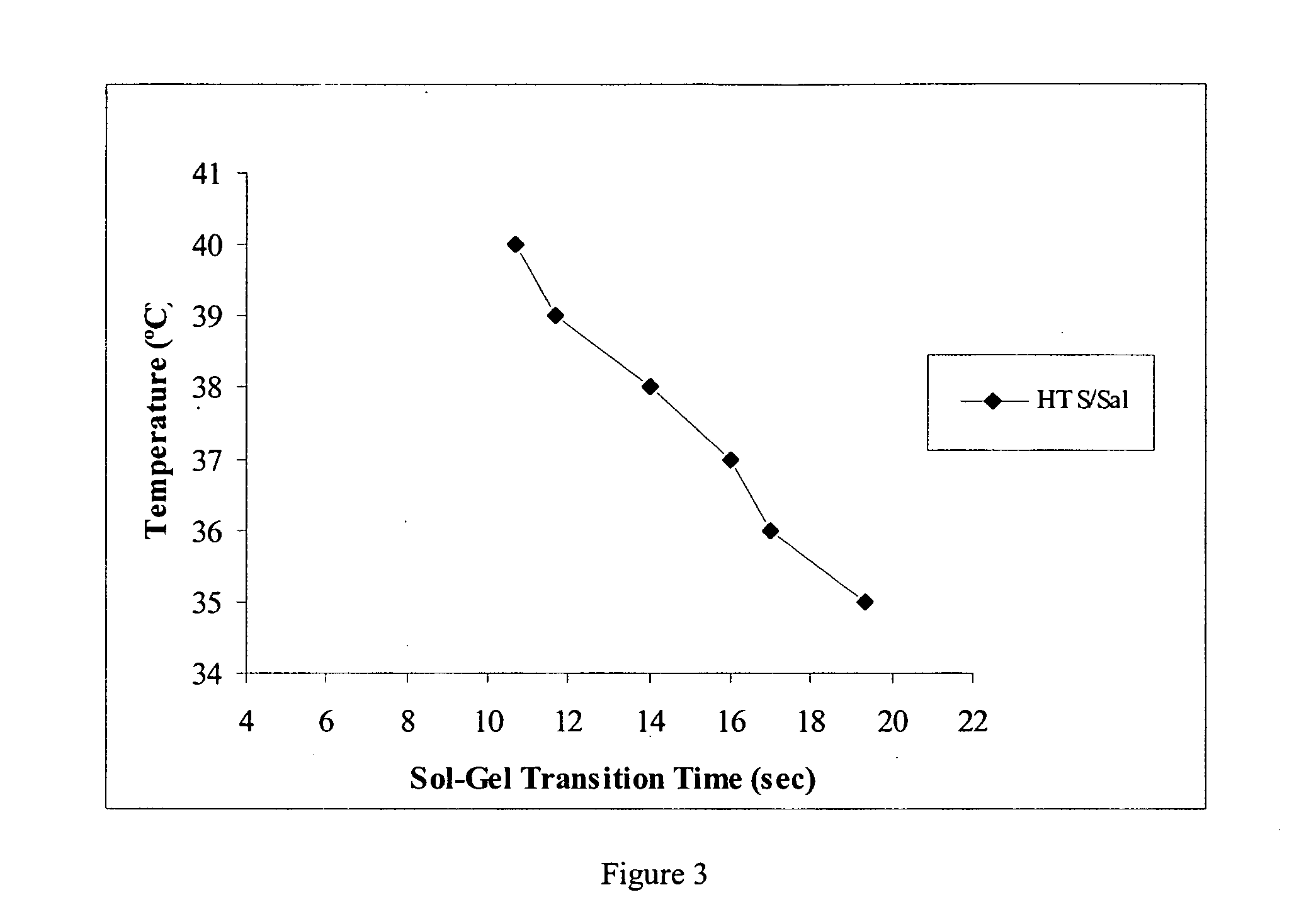[0006] Cells used in TE can be obtained from different sources including primary tissue and
cell lines. Primary tissue can be allogeneic (from different members of the same species), xenogeneic (from different species) autologous (from the same individual) and syngeneic (from a genetically identically individual). At present, the use of xenogeneic and allogeneic cells in TE applications is limited due to the need for host
immunosuppression. Thus the majority of TE experiments involving cell /
polymer construct technology employ autologous cells. These cells are isolated from the patient and further culture and expanded
in vitro, under specific conditions that resemble the biochemical and physical interactions essential for
in vivo tissue growth and development. Once the cells have been expanded in
cell culture, they are seeded on a 3-D
polymer scaffold for incubation either
in vitro or
in vivo to encourage cell differentiation, and to provide the support necessary to generate organized tissue structures. The
scaffold supplies the three-dimensional structure that enables cell attachment and tissue growth, and the reactor vessel supplies the cells-
polymer matrices with an enhanced environment so they can evolve into functional tissue.
[0010] Skeletal myoblasts are located under the
basal membrane of
skeletal muscle fibers. These type of cells offer several features for clinical applications. First, they have an autologous source overcoming problems related to availability and ethics. Second, the isolated myoblasts can proliferate well in vitro offering the
advantage of wide scale up. Third, they are committed to a well-differentiated myogenic lineage extensively eliminating the possibility of tumor development. Finally, they are highly resistant to
ischemia which is a key
advantage due to the hypoxic environment of post-infarct areas where they are implanted. To date, myoblast transplantations have been mainly achieved by injection of myoblast cell suspensions into mature
skeletal muscle. These single cells have been shown to fuse with the host myofibers.
[0014] Disclosed herein is a technology which provides biodegradable / thermoreversible hydrogels that can encapsulate a cell of interest and be delivered to an area of a subject and initiate tissue regeneration. Encapsulation of the cells can occur when the hydrogel is formed in the presence of a cell suspension. The cells are sequestered within a semi-permeable membrane of the hydrogel and isolated from the
immune system, protecting them from normal host defenses. The encapsulation matrix (i.e., the hydrogel) provides a mechanical support by immobilizing the cells and keeping them uniformly distributed throughout the targeted cell compartment, as well as allows optimum
nutrient and
oxygen diffusion. The thermoreversible nature of the hydrogels disclosed herein, further provide a convenient means of supplying the hydrogel to the subject. The difference in temperature between ambient temperatures and a subject's body temperature induces the formation of the hydrogel, thereby ensuring that the hydrogel releases cells into the surrounding environment in an efficient manner.
[0015] One aspect of this investigation provides formulations of an injectable, biodegradable, mixture for enhanced retention of cells in an
in vitro model that provides a platform for
in vivo cell retention. The materials are optimized for retention of cells, such as skeletal myoblasts, in both static and dynamic environments. The resulting hydrogels from the formulations allow for greater cell retention rates over those of previous matrices reported, e.g., of greater than 20% cell retention.
[0016] The formulation of this novel hydrogel allow for the development of newer generations of multi-component therapies for repairing damaged
myocardial tissue without risk of thrombolytic migration complications. Second, this
hydrogel matrix provides a suitable environment for
cell encapsulation and delivery. Third, restricted physiological gelation rates coupled with
controlled degradation provide high
bioretention rates and increase the potential for engraftment into damaged or diseased tissue. Fourth, the
hydrogel matrix is biodegradable without the need of
enzyme additives, which allow for
safe delivery and implantation of the matrix without concern for the ability to remove or degrade the matrix after
sufficient time for
cell delivery.
 Login to View More
Login to View More 


